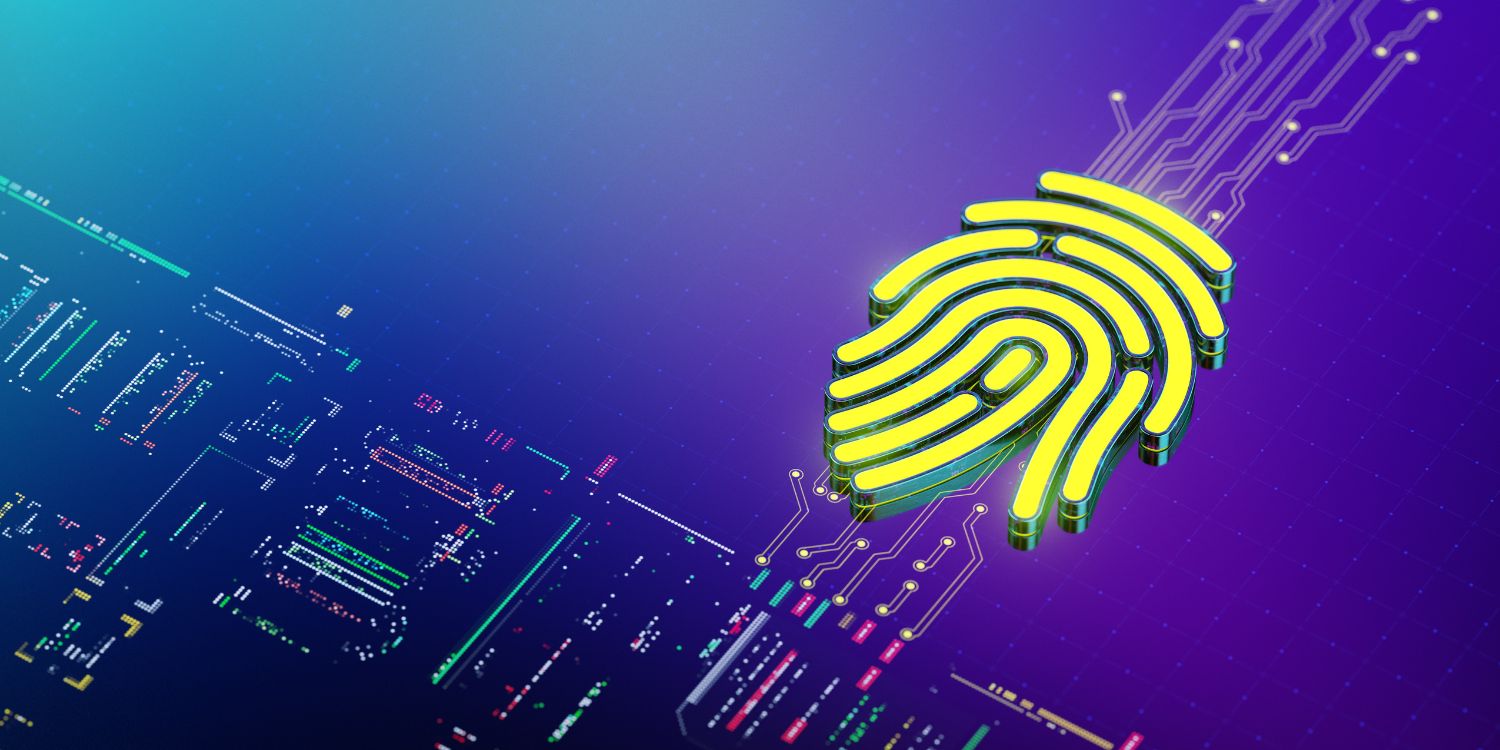In an era where digital security is paramount, finding the perfect balance between convenience and security in identity verification is a significant challenge. Traditional methods like passwords and PINs are becoming increasingly inadequate, leading to a surge in the adoption of biometric authentication. Biometrics, leveraging unique physical or behavioral characteristics, offers a promising solution to the longstanding dilemma of balancing user convenience with robust security measures.
Understanding Biometric Authentication
Biometric authentication utilizes distinct biological or behavioral traits to verify an individual’s identity. These traits can include fingerprints, facial features, iris patterns, voice recognition, and even behavioral patterns like typing rhythm or gait. Unlike traditional passwords or PINs, which can be forgotten, shared, or stolen, biometric data is inherently unique to each person, making it an attractive solution for identity verification.
The Convenience Factor
One of the primary advantages of authentication is its convenience. Users no longer need to remember complex passwords or carry physical tokens for authentication. Biometrics enables easy authentication with fingerprint scans or facial recognition, ensuring a seamless experience across devices.
Additionally, it eliminates the need for users to create and manage multiple accounts and passwords for different services, reducing the cognitive burden associated with traditional authentication methods. This streamlined approach enhances user satisfaction and promotes widespread adoption of biometric technologies.
The Security Imperative
While convenience is crucial, security remains paramount in identity verification systems. Biometric data, being unique to each individual, offers a higher level of security compared to traditional authentication methods. However, biometric systems are not without vulnerabilities.
One of the significant concerns surrounding biometric authentication is the potential for data breaches and identity theft. Unlike passwords, which can be changed if compromised, biometric data, once stolen, cannot be reset. Therefore, securing biometric data against unauthorized access is critical to maintaining the integrity of identity verification systems.
Balancing Act: Ensuring Both Convenience and Security
Achieving the delicate balance between convenience and security in biometric authentication requires a multi-faceted approach. Here are some strategies to ensure that biometric systems offer both user-friendly experience and robust security:
- Data Encryption: Implementing strong encryption protocols to protect biometric data during storage and transmission is essential to prevent unauthorized access.
- Multi-Factor Authentication: Combining biometric authentication with other factors such as passwords or tokens can add an extra layer of security, reducing the risk of unauthorized access in case of biometric data compromise.
- Continuous Monitoring & Updates: Regularly monitor biometric systems for vulnerabilities and promptly apply updates to mitigate security risks and boost resilience.
- Privacy by Design: Incorporating anonymization and consent features in biometric systems enhances privacy and reduces data misuse risks.
- User Education: Educating users about the importance of protecting their biometric data, including avoiding sharing biometric information with unauthorized parties and understanding their rights regarding data privacy, is crucial for fostering a security-conscious culture.
The Future of Biometric Authentication
As technology continues to evolve, the future of biometric authentication holds immense promise. Advancements in biometric sensors, machine learning algorithms, and blockchain technology are poised to further enhance the security and convenience of biometric authentication systems.
Furthermore, the widespread adoption of biometric authentication in various sectors, including banking, healthcare, and government services, is expected to drive innovation and standardization in biometric technologies, making them more accessible and user-friendly.
Conclusion
In conclusion, biometric authentication offers a compelling solution to the challenge of balancing convenience and security in identity verification. By leveraging unique biological or behavioral traits, biometric systems provide a seamless and secure authentication experience for users across diverse applications. However, ensuring the privacy and security of biometric data remains paramount, requiring continuous innovation and collaboration among stakeholders to address emerging threats and challenges in the evolving landscape of digital identity verification.
If you need help in safeguard your business against cyber threats, contact us at info@swifttechsolutions.com or (877) 794-3811. Our team of security experts is always available to assist you in securing your systems and protecting your data.
Additional Resources:
https://www.aratek.co/news/biometric-security-the-future-of-personal-and-public-safety

